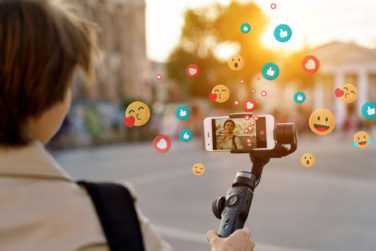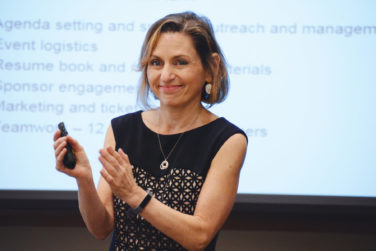According to a study by Hootsuite, 55.1% of the global population uses at least one social media platform—that is 4.33 billion people. On average, users spend 2 hours 22 minutes on social media each day. That is a lot of people spending a lot of time watching quite a lot happen across their social feeds in the past year. We saw Twitter fact check Donald Trump while he was still the President of the United States and then eventually even banned him from the platform. We watched as misinformation about vaccines spread like wildfire. We also watched as people celebrated getting the vaccine. We watched the video of George Floyd’s murder as it was shared across social media. Then we saw both individuals and corporations post their support of #BlackLivesMatter.
Has any of this changed how people use social media or what they want from companies who choose to engage them on there? In a Twitter survey taken in the beginning of the pandemic, 77% of users said they feel more positively about brands making an effort to support society at the moment; 89% said brands should provide reliable, accurate information; and 70% said brands should provide prompt customer service. To dig deeper into how these changes and more should impact life sciences marketers, PM360 asked 10 experts:
- What, if anything, should marketers be doing differently now via social media? What are the keys to a successful social media strategy in 2021?
- Are there any new or just newer social platforms that marketers should consider using if they aren’t already?
- How should life sciences companies deal with reputation issues regarding their company or individual brands on social media or other crisis management issues that may arise? What are the best methods to respond to social media attacks or the spread of misinformation?
- What responsibility do life sciences companies have to respond to social issues through their social media channels? How can companies do more to support the causes most important to them through social media?
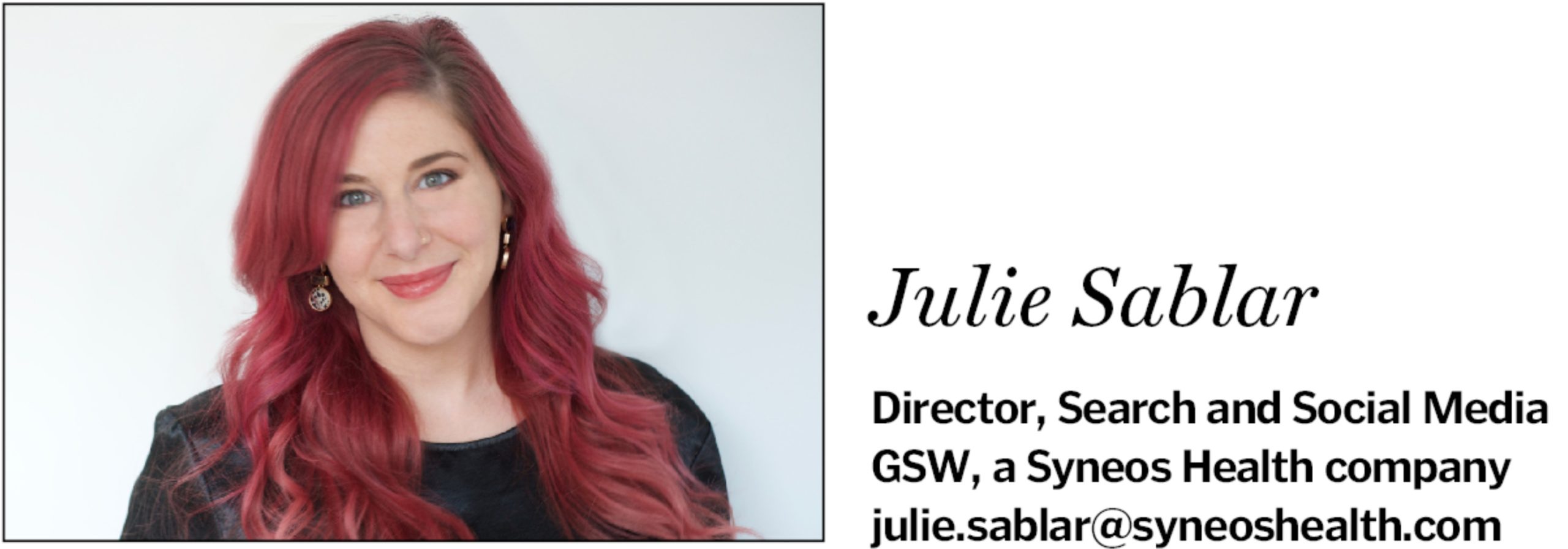 Social media hasn’t just changed in the past year, it has grown exponentially. According to the Pew Research Center, YouTube saw the most significant growth of any social media app among American users during the pandemic with 73% of adults in 2019 to 81% in 2021. Moreover, 95% of 18- to 29-year-olds were flocking to YouTube. That was followed most closely by Reddit, which saw usage grow from 11% of U.S. adults in 2019 to 18% in 2021. Not to mention the onset of new social platforms such as TikTok, which 21% of Americans are now using. But with this rise in usage, tackling customer trust means first developing a strategy that includes the right channels and content for communication, social management plans including escalation and crisis management, as well as a strong paid media strategy.
Social media hasn’t just changed in the past year, it has grown exponentially. According to the Pew Research Center, YouTube saw the most significant growth of any social media app among American users during the pandemic with 73% of adults in 2019 to 81% in 2021. Moreover, 95% of 18- to 29-year-olds were flocking to YouTube. That was followed most closely by Reddit, which saw usage grow from 11% of U.S. adults in 2019 to 18% in 2021. Not to mention the onset of new social platforms such as TikTok, which 21% of Americans are now using. But with this rise in usage, tackling customer trust means first developing a strategy that includes the right channels and content for communication, social management plans including escalation and crisis management, as well as a strong paid media strategy.
Path to Social Success
To be relevant post-pandemic, start by staying on the pulse of social media trends and re-evaluating your key content themes and channel. Bringing in strong thought leadership, factual data, sustainability, philanthropy, and even employee appreciation have also resulted in strong wins for those in life sciences. It’s no longer just about “you.” It’s about the bigger picture to social users.
Additionally, more users on the platform means more opportunity to reach new and potential targets. While costs in social media advertising took an initial decline, they have bounced back and are on the rise. A specifically targeted profile for your paid media plan, in addition to remarketing strategy, will help not only with brand awareness but conversions and loyalty. Finally, never forget communication and engagement are key. Invest in community management to open the dialogue with your target market and further build deeper connections, because believe me—they are talking! Building this community now will reap rewards in the future.
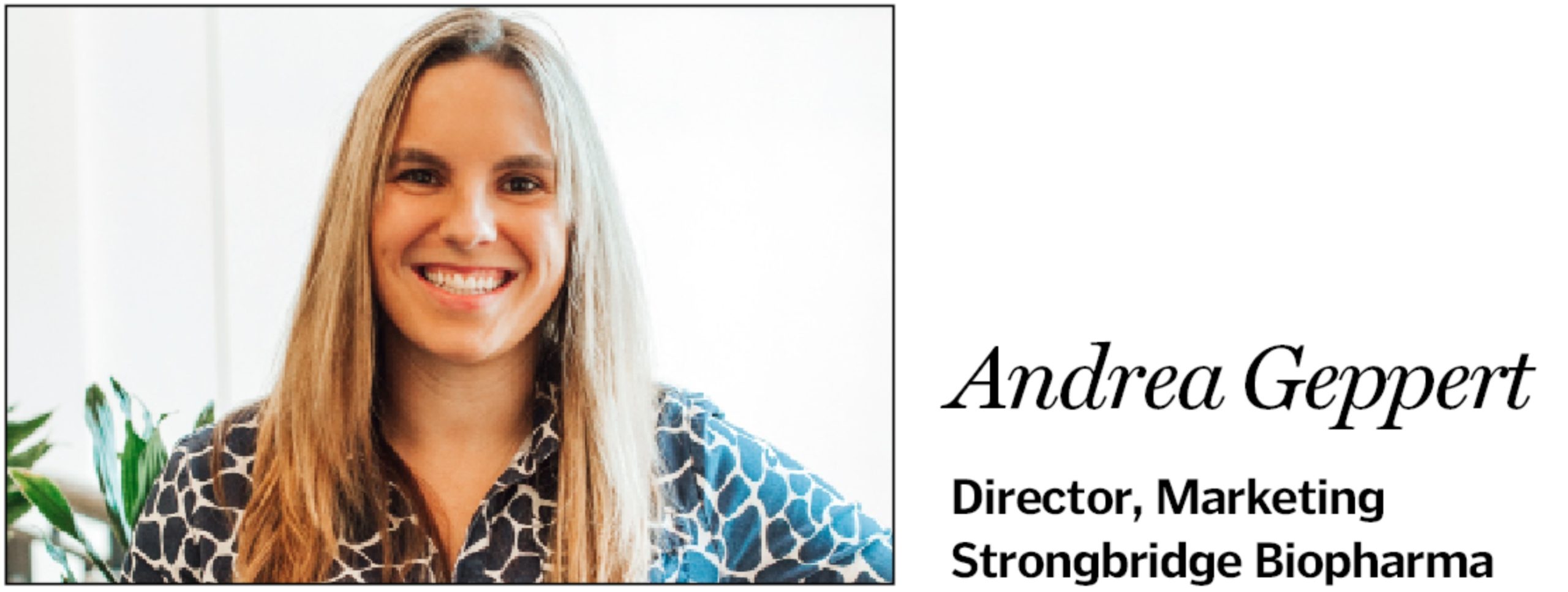 During the pandemic, we saw more people than ever went online to get real-time updates. The pandemic has reinforced what we already knew—consumers require timely and relevant updates from the brands they engage with online, and life sciences companies aren’t exempt from this expectation. So many brands now realize this, which means the amount of content being put in front of consumers has increased substantially on social media.
During the pandemic, we saw more people than ever went online to get real-time updates. The pandemic has reinforced what we already knew—consumers require timely and relevant updates from the brands they engage with online, and life sciences companies aren’t exempt from this expectation. So many brands now realize this, which means the amount of content being put in front of consumers has increased substantially on social media.
Quality Over Quantity
I would say the overarching strategy for social media should be to ensure you aren’t focused on quantity of social media content, or being in every channel, but are instead focused more on where your community is and the quality of your content. Engagement metrics, social listening, and talking with your patient community and advocacy partners are all ways to help understand what content is needed when it comes to your social media channels. That may mean you scale back in terms of pushing out content, but if it’s the right content for your community, you’ll see that reflected in their engagement with your posts.
Also, while newer platforms such as TikTok are key buzzwords in social, it’s important to understand if that’s where your community is consuming content, and if they are, can the platform support the content that your community is looking for? It’s critically important to ensure this, rather than just having every social media channel in use. Additionally, you need to set up your social media channels so that you are able to respond as fast as possible. To achieve this, work as a team with your medical, regulatory, and legal partners to operationalize how you gain alignment and approval to respond quickly to questions your social media community needs answered.
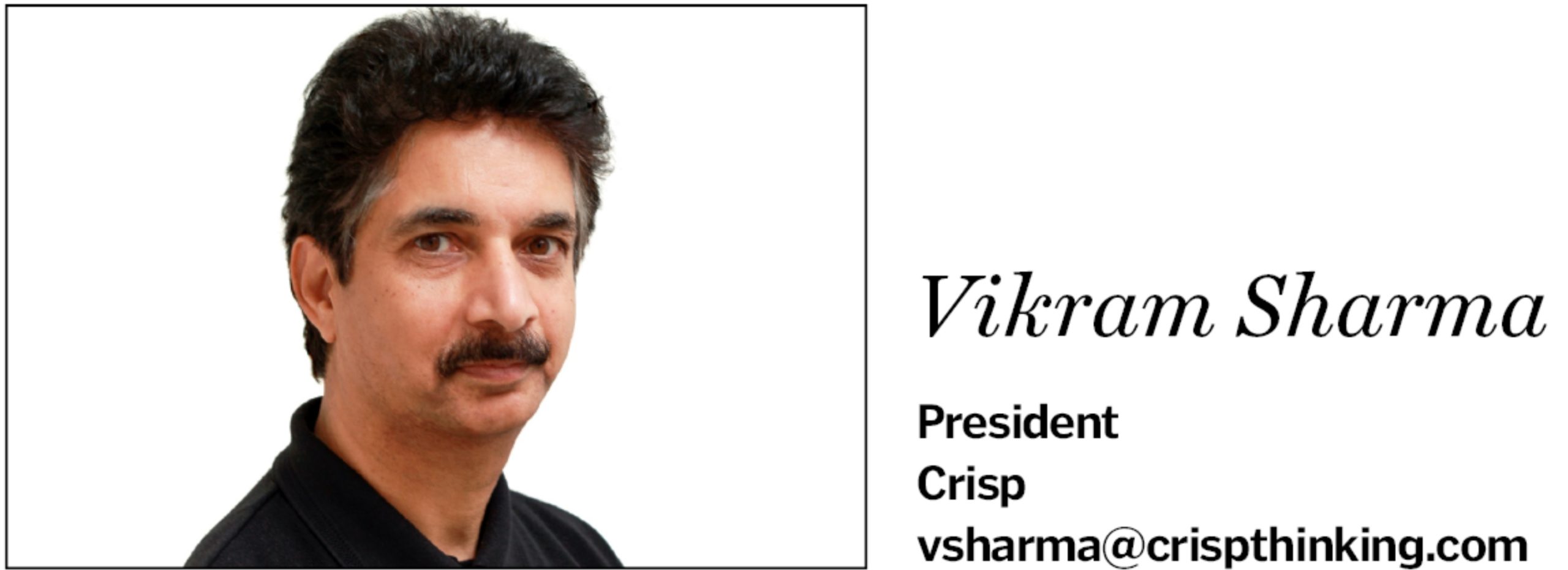 All of us are operating in an unprecedented era of accelerating change, and the life sciences industry is no exception. With the pandemic and environmental, social, and governance (ESG) issues all vying for attention, plus online groups hijacking these issues to forward their own agendas, brands often find themselves at risk. The life sciences industry faces a unique combination of reputational and compliance challenges, which can compromise patient health and well-being, and damage brand trust. Adverse event violations occurring on social media is another important consideration.
All of us are operating in an unprecedented era of accelerating change, and the life sciences industry is no exception. With the pandemic and environmental, social, and governance (ESG) issues all vying for attention, plus online groups hijacking these issues to forward their own agendas, brands often find themselves at risk. The life sciences industry faces a unique combination of reputational and compliance challenges, which can compromise patient health and well-being, and damage brand trust. Adverse event violations occurring on social media is another important consideration.
In fact, Crisp recently polled 100 communications leaders, several of which came from the pharmaceutical industry. Ninety-four percent said digital chatter has meant there is a shorter window of time to react or respond to risks. Yet on average, respondents only monitored 6.4 social media channels—and they are not the channels where online groups organize before distributing harmful content via mainstream channels.
Defending Your Reputation Online
Online groups using tactics such as disinformation campaigns, online adverse event bombing, fake insider leaks, and astroturfing pose a challenge for life sciences brands. We’ve seen these techniques used by anti-vaxxers during the pandemic, but it’s important to recognize the ways in which these actors use the life sciences industry to forward their own malicious agendas.
Today’s life sciences companies need to gain an early-warning risk advantage over reputational and compliance issues originating from, or accelerated by, digital chatter. To effectively prepare for and manage these incidents across social media, companies need to understand who is creating the harmful content putting them at risk. Our experience has shown that by understanding the hidden relationships between the individuals and their groups online, we can predict potential impacts as early as possible and guarantee life sciences companies are always the first to know and first to act.
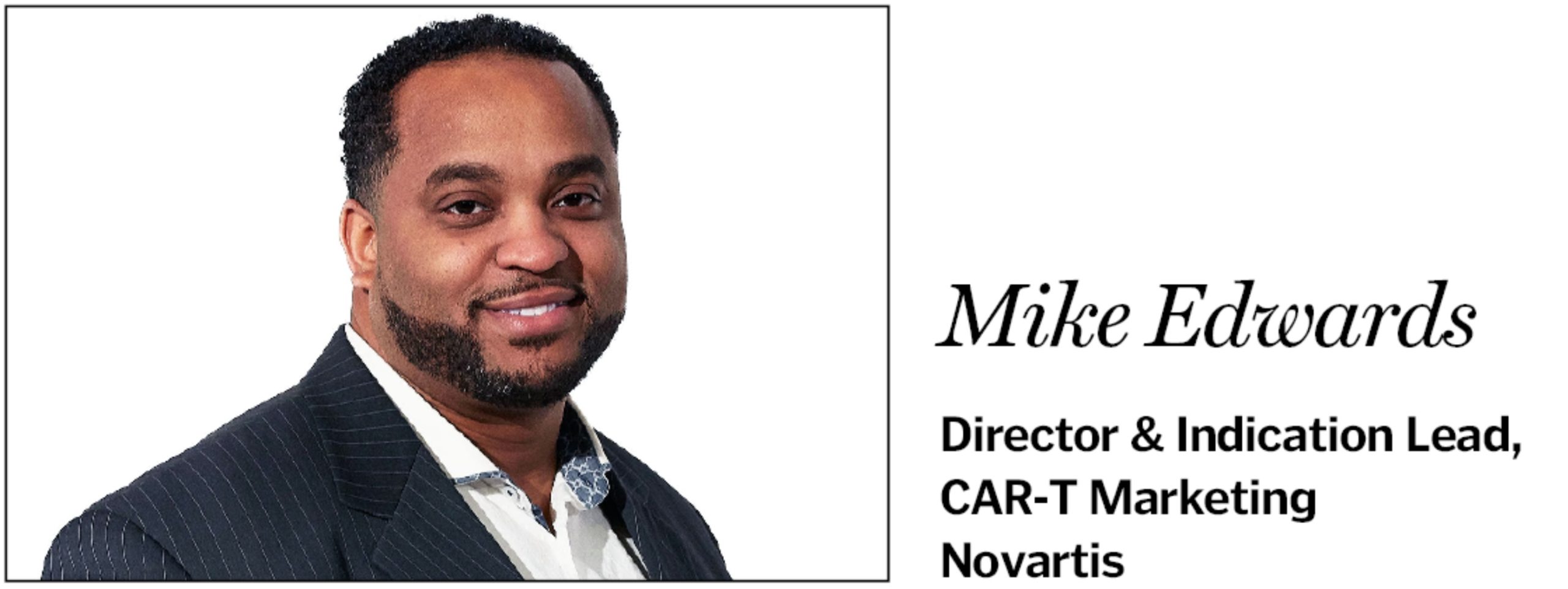 It’s no surprise pharma is historically among the last adopters of social platforms. With growing customer complexity, many pharma organizations have committed dedicated internal and external resources to tackle the challenge of creating meaningful customer engagement. Is that really possible in today’s environment? Let’s walk-through a personal example that may illustrate how the industry could be more ready than we marketers think.
It’s no surprise pharma is historically among the last adopters of social platforms. With growing customer complexity, many pharma organizations have committed dedicated internal and external resources to tackle the challenge of creating meaningful customer engagement. Is that really possible in today’s environment? Let’s walk-through a personal example that may illustrate how the industry could be more ready than we marketers think.
The First Branded Pharma TikTok Campaign
While heading up the consumer work in the sickle cell space at Novartis, I was confident I had a unique branded concept that incorporated user-generated content (in the form of music and dance), specifically co-created with the community and ideal to live in a social environment. Success would hinge upon pairing this concept with the right social platform that would enable targeting to reach the intended demographic at a time and place where they would be motivated to engage with the brand. There were a few small problems, starting with the best suited platform for this initiative (TikTok) had never featured a branded pharmaceutical product and was under political pressure for the U.S. business to be sold. That’s exactly what any internal review team wants to hear when you bring in a concept for discussion around platform viability. Oh, and one other SMALL wrinkle, a global pandemic was looming!
With no precedent for an almost exclusively social campaign on a controversial platform that was largely unknown by most adults at the time, the odds were heavily against this campaign ever happening (despite the campaign and the platform fitting perfectly). After many months of hard work, discussions, and planning, “Do U”—the first branded pharmaceutical campaign on TikTok—launched in May 2020 with the help of celebrity entertainer tWitch, and a mix of other social media influencers that also included sickle cell patients in the community.
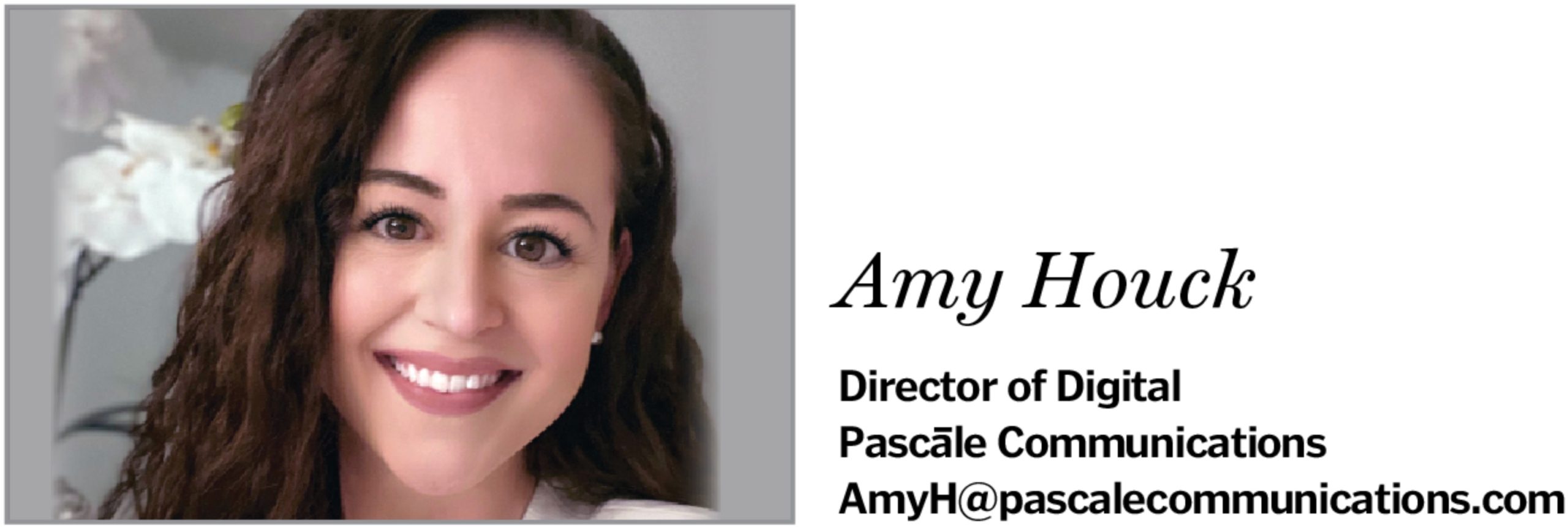 By now healthcare marketers are adept at using the big four social media platforms: LinkedIn, Instagram, Facebook, and Twitter. However, there’s a new platform in the mix: Clubhouse. The buzz-generating platform with millions of users and a recent valuation of $1 billion is a game changer in the healthcare space, eliminating the barriers between KOLs, consumers, and marketers.
By now healthcare marketers are adept at using the big four social media platforms: LinkedIn, Instagram, Facebook, and Twitter. However, there’s a new platform in the mix: Clubhouse. The buzz-generating platform with millions of users and a recent valuation of $1 billion is a game changer in the healthcare space, eliminating the barriers between KOLs, consumers, and marketers.
If you aren’t familiar with it, Clubhouse is:
- A social networking app that allows iPhone users to gather in audio chat rooms to discuss various topics.
- Rooms are divided into two groups: those who are speaking on stage and those who are listening in the audience.
- In addition to “clubs” sorted by topic, two or more users can join together and start their own room.
- Individuals can create and host private rooms for more candid and in-depth conversation.
How Marketers Can Leverage Clubhouse
In a sense, the app is a humanized approach to the conference panel—not only is mutual education occurring, but the small panel group size allows for new working relationships to be forged.
The platform is geared toward individuals and can be uniquely leveraged by brand leaders, giving them the opportunity to connect with their target audience at an individual level. It is a hub for instant feedback—something that is of high value to marketers. Beyond that, healthcare marketers can start their own room and ping in other medical professionals to join—curating their own community and conversation for mutual education.
What makes Clubhouse so valuable is the capacity for marketers to reach people they would not otherwise have access to. With the number of choices of rooms and clubs to follow and individuals to connect with, it’s a very powerful tool that marketers should include in their social media.
 Pharma marketers looking to engage younger DTC audiences in 2021 and onwards would be amiss to neglect TikTok. Since launching globally in September of 2017, the video-based social media app has shattered engagement records, amassing more than 100 million followers in the U.S. alone and becoming the most downloaded app on iOS and Android.
Pharma marketers looking to engage younger DTC audiences in 2021 and onwards would be amiss to neglect TikTok. Since launching globally in September of 2017, the video-based social media app has shattered engagement records, amassing more than 100 million followers in the U.S. alone and becoming the most downloaded app on iOS and Android.
With roughly 60% of users between the ages of 16-24, TikTok offers a largely untapped opportunity to engage disease states afflicting younger demographics. Consider that 90% of users, according to most reports, are active daily and spend an average of 52 minutes on the app. Moreover, users flock to TikTok with a discovery mindset—they explore, linger, and “heart” their favorite Toks. The app’s emphasis on user challenges further encourages participation and return visits.
Keys to Your TikTok Approach
While unbranded campaigns have the potential to thrive on TikTok, marketers should make sure they establish a thriving organic presence which, in turn, will enhance all paid efforts. Also, keep Toks fun and creative—take inspiration from trends and memes, leverage sound to enhance content’s appeal, and avoid being too polished. TikTokers want real. Invest in long-term relationships with native creators (found under Creator Marketplace) and build up your own content feed before engaging with the larger community. Consistency is also key—commit to a regular posting cadence to gain and sustain followers.
TikTok represents an exciting, fresh way for pharma to connect to a new generation of viewers—ones that have unique needs and expectations. Now’s the time to jump in!
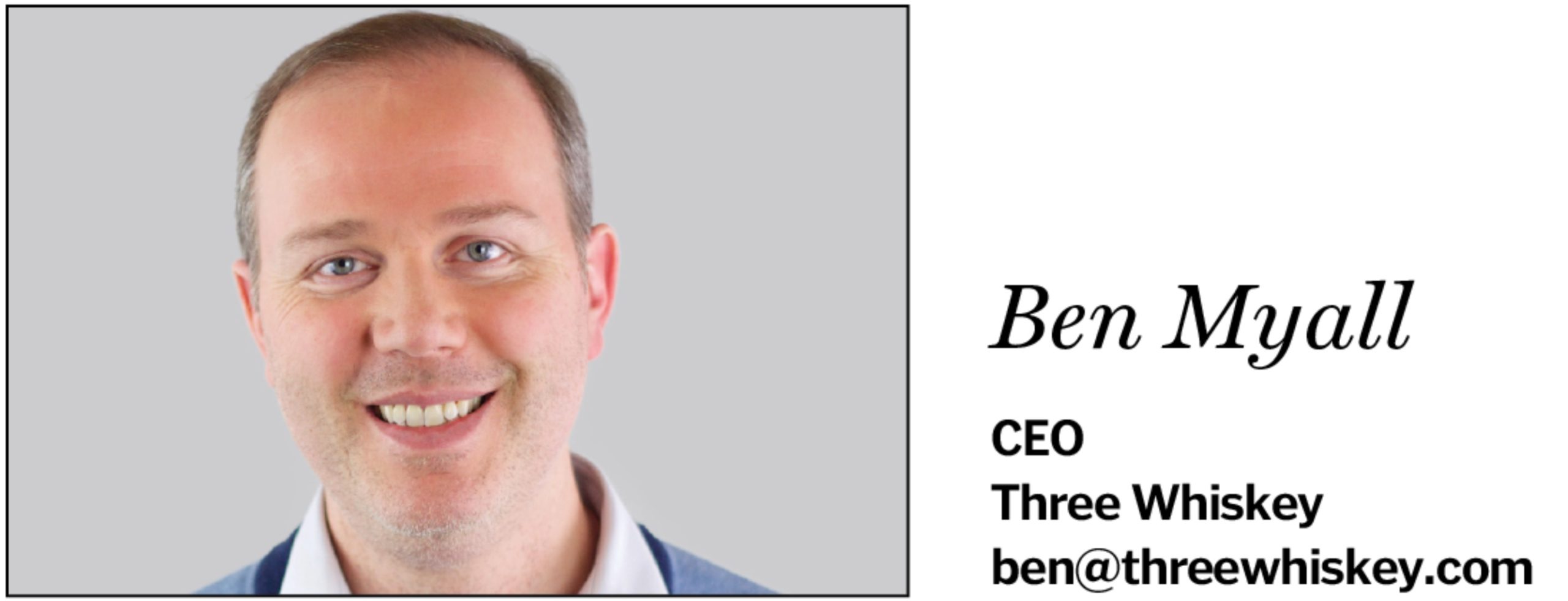 The pandemic has changed our focus on social media as the usage of the channel has increased. However, the key to a successful social media strategy remains the same as it did before; listen to your audience and create content that engages them. Social listening is one of the most powerful ways that healthcare companies can understand their audience and analyze sentiment. This will generate complex data categorized into themes or topics that give life sciences marketers a more detailed awareness of the areas they need to address.
The pandemic has changed our focus on social media as the usage of the channel has increased. However, the key to a successful social media strategy remains the same as it did before; listen to your audience and create content that engages them. Social listening is one of the most powerful ways that healthcare companies can understand their audience and analyze sentiment. This will generate complex data categorized into themes or topics that give life sciences marketers a more detailed awareness of the areas they need to address.
A great example of this is the fight against misinformation about COVID-19 vaccines. By understanding the concerns of the general public, marketers can publish reassuring social media content, segmenting their audiences by their particular concerns and targeting them with accurate information.
How to Prevent the Spread of Misinformation
As a direct link between company and customer, social media plays a unique role in providing reassurance and information—as well as stopping the spread of misinformation. Before social media campaigns are launched, it is important for life sciences companies to have an adverse events plan in place. According to research by HubSpot, 80% of customers expect companies to respond to their social media posts within 24 hours, that’s why healthcare companies need fast and targeted responses as part of their social media management strategy.
Since manually monitoring and responding to all comments is virtually impossible, the solution lies in automation. Companies need digital tools that can identify relevant posts and immediately responds with pre-defined and pre-approved answers. It’s this kind of fast and targeted effort that will help pharmaceutical companies allay fears and tackle misinformation.
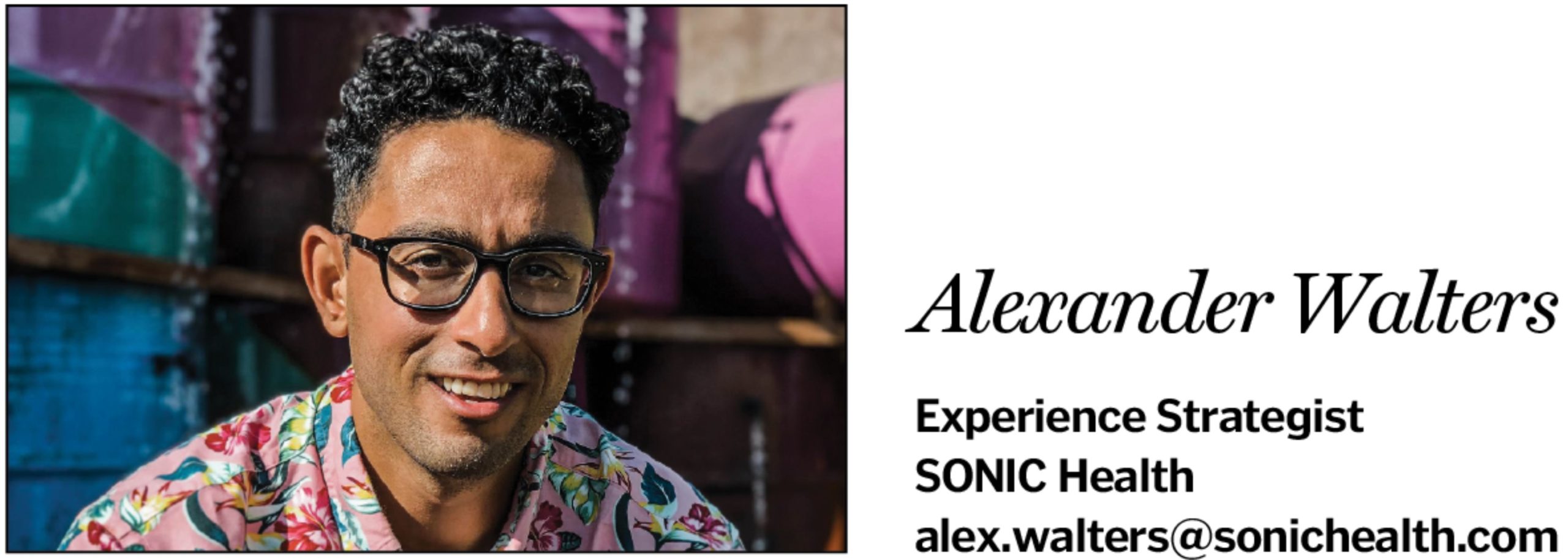 Social media used to fill in the space between real life interactions, but in 2020 with lockdowns and social distancing, it felt like the only place for social interactions (Zoom excluded). Our social feeds have led to information overload with an endless supply of content to consume. Have you ever tried to zero out your Instagram stories? It’s impossible! There’s always one more message, one more story, one more meme, one more brand (and brand influencer!) to consume. As marketers we must stand out amidst this ocean of overstimulation.
Social media used to fill in the space between real life interactions, but in 2020 with lockdowns and social distancing, it felt like the only place for social interactions (Zoom excluded). Our social feeds have led to information overload with an endless supply of content to consume. Have you ever tried to zero out your Instagram stories? It’s impossible! There’s always one more message, one more story, one more meme, one more brand (and brand influencer!) to consume. As marketers we must stand out amidst this ocean of overstimulation.
We believe the mechanics of storytelling can help brands better break through to patients, caregivers, and physicians.
What does that mean? Take movies for example. Great movies have strong hooks—a suspenseful opening scene, a captivating trailer, or something that creates a desire to see the rest of the story unfold. Social media marketing can be the strong hook that leads to a deeper experience for your audiences.
Why do we need a strong hook? A strong hook creates an emotional connection. Emotional connections can lead to curiosity, desired behaviors, and ultimately transformation.
So, how do we create strong hooks? Start by relating to your audience. Consider sharing content that shows them that you get them. Or you could attempt to evoke surprise. Consider sharing information or creating a moment where predictability is removed and something unexpected can happen.
Great storytelling starts with a strong hook, and we believe it can lead to deeper connections with your audiences. It’s something all life sciences marketers should learn and put into practice. It can help you capture the attention of the overstimulated audiences on social media. After all, who doesn’t have time for one more great story?
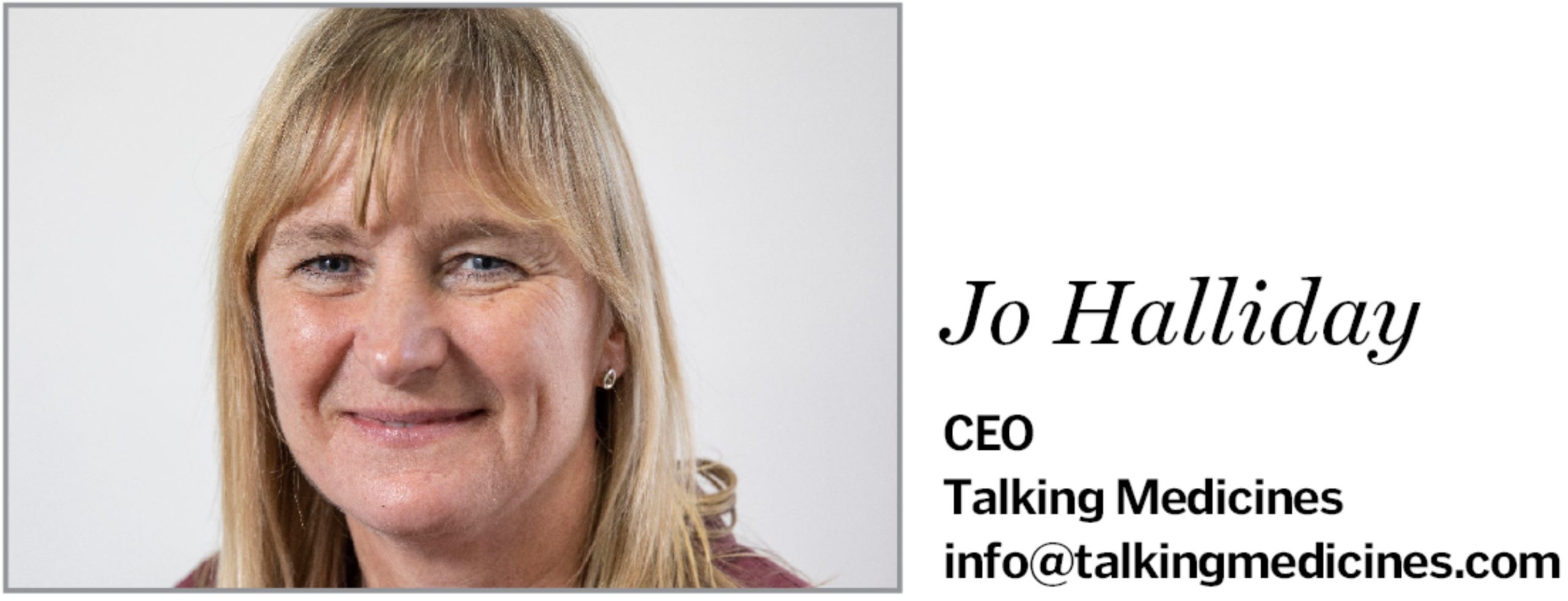 The COVID-19 pandemic restricted the use of channels commonly used by pharma to connect with both clinicians and patients. This shift created a significant challenge in how and where marketing and brand teams are able to collect information about drug performance. Businesses have been compelled to adapt quickly and a big part of that process has involved the acceleration of digital transformation plans and the adoption of new technologies including AI.
The COVID-19 pandemic restricted the use of channels commonly used by pharma to connect with both clinicians and patients. This shift created a significant challenge in how and where marketing and brand teams are able to collect information about drug performance. Businesses have been compelled to adapt quickly and a big part of that process has involved the acceleration of digital transformation plans and the adoption of new technologies including AI.
Social media has proved a very valuable tool, not only to reach new audiences and build brands, but also for the pharma sector to listen to and really understand the needs and experiences of patients.
Regulatory and compliance barriers have meant that for a long time there has not been a direct relationship between pharma professionals and patients. However, data-driven social media tools are now opening up access to patient experience and brand performance in a way that is fully compliant. All of this means businesses don’t need to rely on indirect feedback from clinicians, patient advocacy, or ad hoc focus groups.
Combining the Power of AI and Social Media
For the first time, digital advancements in AI are allowing businesses to collect reliable data directly from patients about drug performance, track changes, and provide key insights that will help drive business decisions.
Machine learning and natural language processing technologies can filter text at scale, isolate the voice of the patient and, by blending data from a variety of sources, provide vital social intelligence for drugs brands.
Going forward, it is crucial that marketers understand the value of social media, not just as a necessary marketing tool, but as means of listening to patients and understanding the real patient voice—what they are saying and more importantly, how they are feeling.
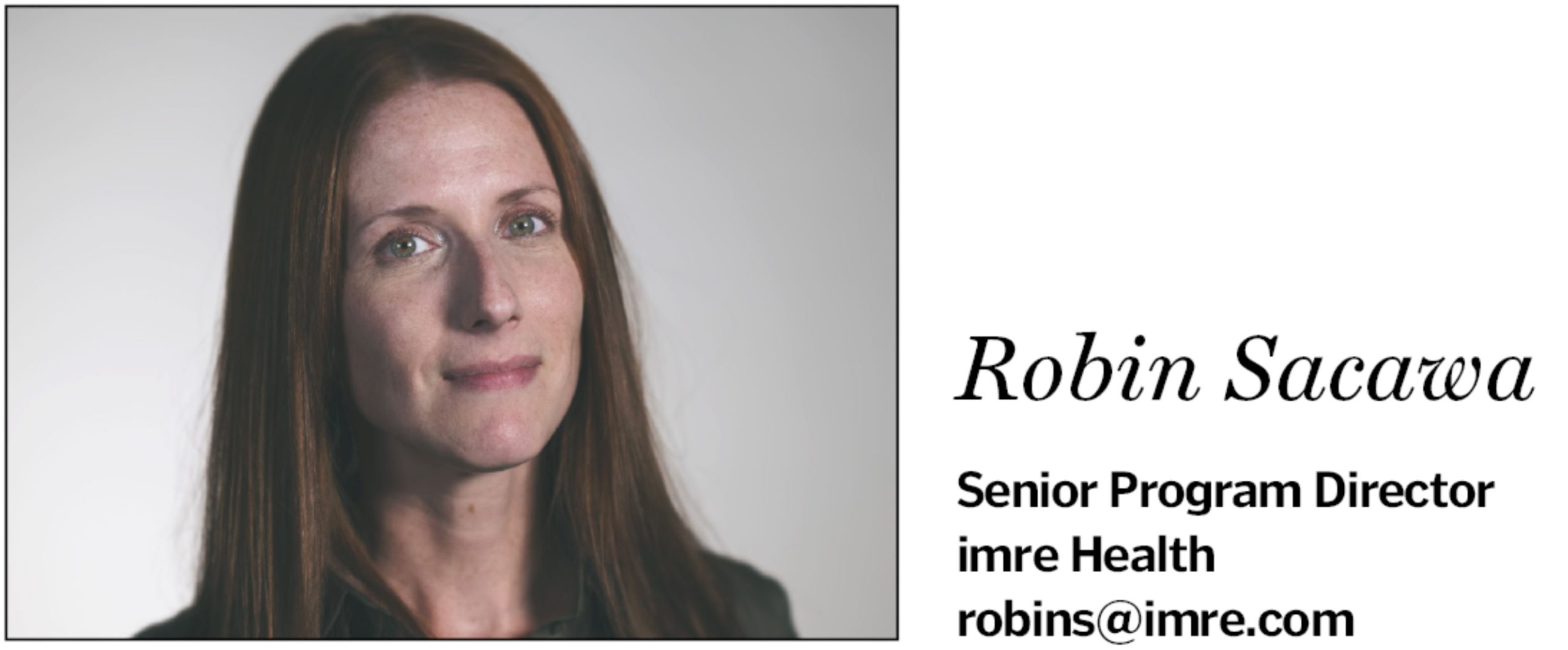 If the last year has taught us anything, it’s that we all need to be nimble. Human behaviors and marketing approaches can (and do) shift at the drop of the hat, so we should be planning for the unknowns. We need to be better about creating a balance in marketing plans that allocate not just for “tried and true” efforts but allow for the ability to test new things.
If the last year has taught us anything, it’s that we all need to be nimble. Human behaviors and marketing approaches can (and do) shift at the drop of the hat, so we should be planning for the unknowns. We need to be better about creating a balance in marketing plans that allocate not just for “tried and true” efforts but allow for the ability to test new things.
“Modern social” in 2021 should be about putting the individual(s) and their needs as the focus. Social is not solely about knowing “where” an individual is and targeting them with an ad unit, social is understanding “why” someone is congregating where they are. With this in mind, every marketing discussion/plan/brief should start with understanding an individual’s need—desiring connection, looking for validation, looking to disconnect and be entertained, wanting to teach, wanting to learn—and then unpacking how, as a brand, we can show up.
Ways Your Brand Can Show Up
For example, a pharma brand launching a new ADHD drug for children may want to consider prioritizing their DTC “testing funds” around a TikTok in-feed campaign, brand takeover, or sponsored challenge, where there are currently more than 2.4 billion video views on #ADHD content alone. Or an oncology drug that wants to speak to a caregiver audience should consider partnering with an oncologist/TikTok content creator to create new resources on the brand’s behalf.
We need to be better listeners. We need to listen to hear, not react. We need to use the data we have to understand what our communities care about.
We need to have more empathy. We need to put ourselves in the shoes of others to critically think about their needs and provide them value.
That is social in 2021.







